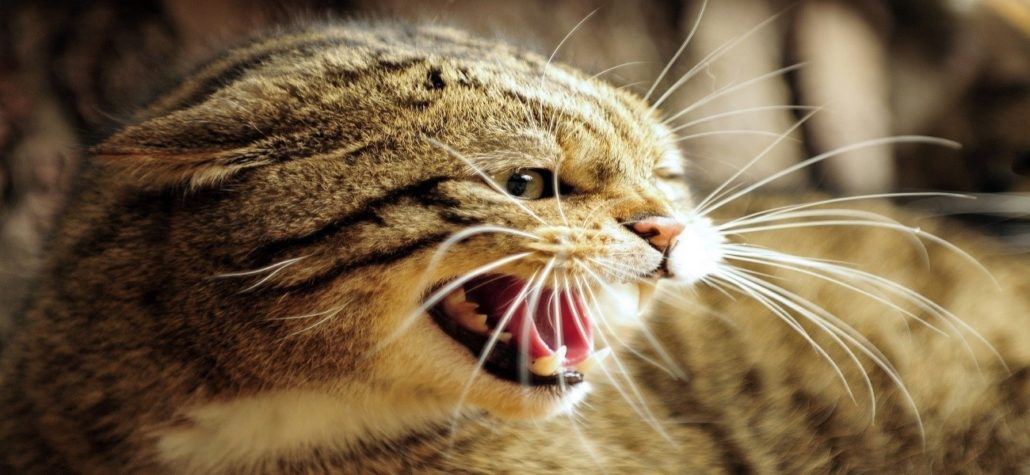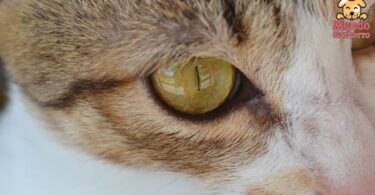Indice
Aggression is one of the most common behavioral problems in the cat world, responding to multiple causes and triggers. In its mildest levels, it is a natural reaction on the part of the cat to unpleasant stimuli, but in its highest levels it can mean the existence of a disease or even the lack of proper socialization.
So knowing how to deal with aggression in cats is one of the top priorities for any cat owner.
What are the most common causes of aggression in cats?
The reasons behind a cat being aggressive are varied, always responding to a particular factor that can be found in the environment, in the body or in the feline’s own mind. Identifying the cause of aggression in cats is one of the fundamental steps to find a solution, especially if such behavior has intensified in the last few days.
The most common causes are:
- Fear: if the cat feels threatened or detects an imminent threat to its well-being, it will react aggressively to defend itself, especially if it does not have an escape route.
- For their territory: for cats, territory is a fundamental element for their survival and reproduction, so they will defend it tooth and nail against any suspicious or unwanted individual. This includes other cats as well as animals, and humans are not spared.
- Play: A cat that is poorly socialized or has received the wrong signals from housemates may show excessive aggression during its play routine. This is quite common in cats that have been separated from their mother prematurely.
- Redirection: redirected aggression occurs when there is an external element, usually another cat or animals, that causes tension and which the cat cannot reach; therefore, its frustration is stored until some unfortunate person within reach passes by.
- Caresses: there are very affectionate cats and others that do not tolerate physical contact, the gray scale in this cause varies enormously according to the personality and the upbringing of the kitty. But excessive petting is always a common cause of aggression by cats.
- Pain or other health problems: a cat that is injured or suffers from an illness that causes severe discomfort or alters its compartment will show aggression as a clear sign of its suffering. Aggressiveness is often the only observable sign of health problems.
- Maternal protection: In the case of mother cats, their protective instinct and the appearance of any possible threat leads them to defend their offspring with great aggressiveness.
- Idiopathic: this includes all aggressive reactions that do not seem to have a clear reason behind them, being one of the most dangerous types of aggressiveness due to its unpredictability.
What should be done to deal with aggression?
The steps to follow in case of
aggression in cats
should include:
- Visit a veterinarian to rule out health problems. If it is a medical cause, start the corresponding treatment to cure or control it.
- If it is not due to medical causes, visit a feline ethologist to identify the reason and start with a treatment or training that helps to gradually reduce aggression.
- Analyze the environment to detect a possible external cause of the aggression, including animals prowling around the home or recent changes in the routine or objects in the home.
- Learn about the body language of cats and how certain common human behaviors affect them.
- Create a stress-free environment where the cat can drain its energies and feel safe. The inclusion of scrapers and climbing levels are a great help.
- Establish a routine for both feeding and play. The more variety of toys and objects to interact with the better.
Image courtesy of (en.best-wallpaper.net), all rights reserved.








